Setting Soft Weight with a Weight Map
In the Using Soft Cloth from the Library section, you can use the soft-cloth templates with arrow dummies to animate softcloths, such as attaching them to other objects, folding them, or expanding them.
However, you can also determine the fixed and soft parts of the
soft cloth by editing a special type of texture, the Weight Map.
View the Video
The Basic Concept of Using Weight Maps
The basic usage for this method is to utilize a simple gray scale image. The black part is taken as the fixed area, which means the area does not have any soft-cloth effect. The white area, on the other hand, will be completely influenced by the soft-cloth settings, including the mass, stiffness, damping...etc.
As for the areas that are covered with gray, they will be partially influenced by the settings in accordance with the level of the grayness.
If you set a plane with soft cloth physics, it will simply just fall to the ground.
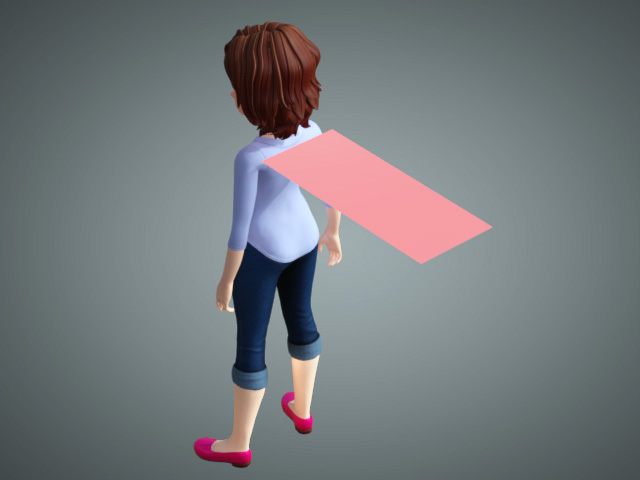
|
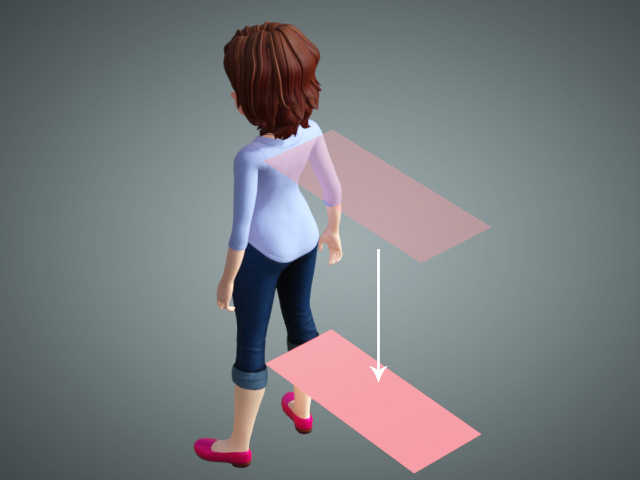
|
|
A soft cloth is imported into the scene |
Simulation result (falls on the ground) |
This is because the soft-cloth is influenced by the settings in the
Property, Collision and Wind Settings sections.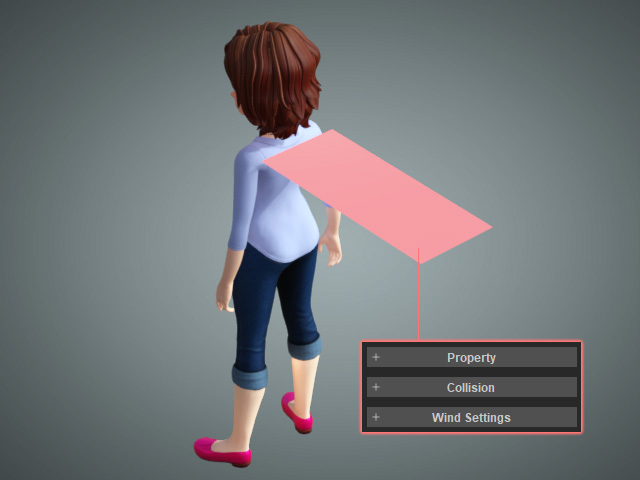
Apply a gray scale image as its Weight Map. The result will be as shown in the right cell of the table below.
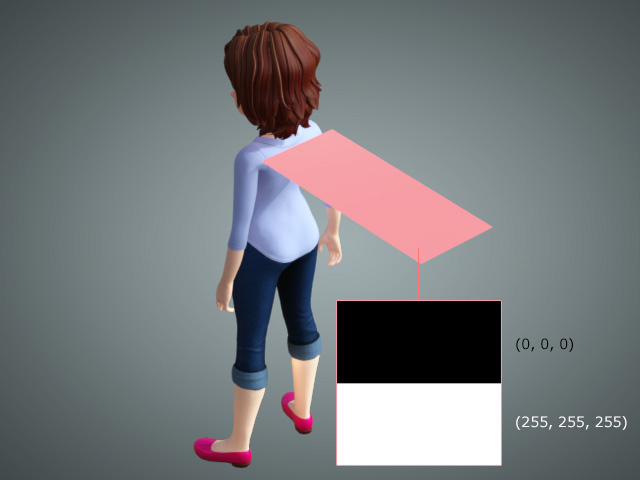
|

|
Only the area covered with white will be influenced by the settings
in the three sections listed above.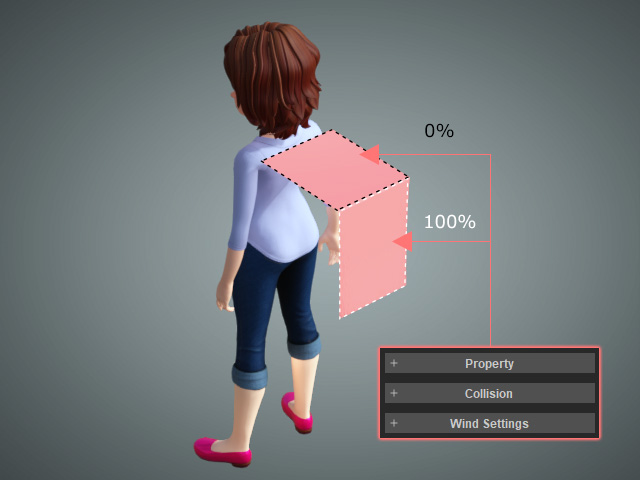
Please note that:
(255, 255, 255) = 100% = completely influenced
(0, 0, 0) = 0% = not influenced
As for the areas that are covered with gray, the influences from the three sections will be multiplied according to the gradient levels.
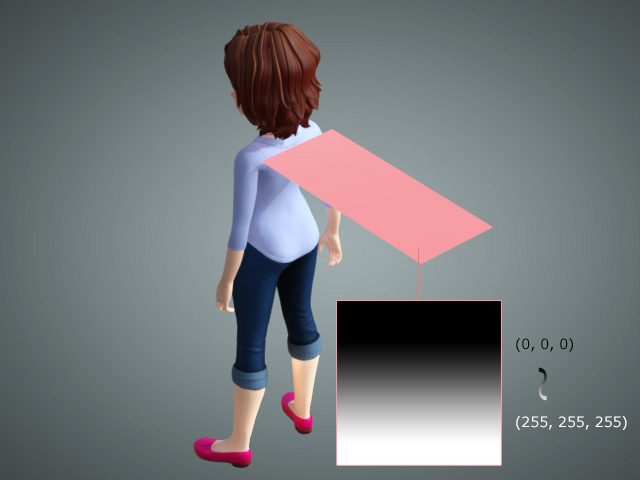
|
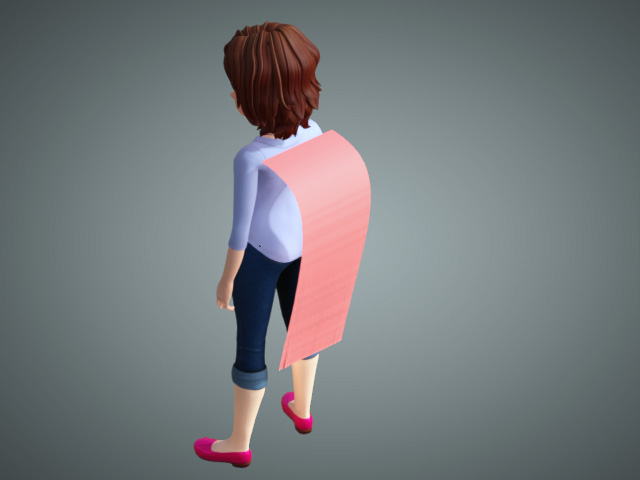
|

Please also refer to the following sections for more information:
